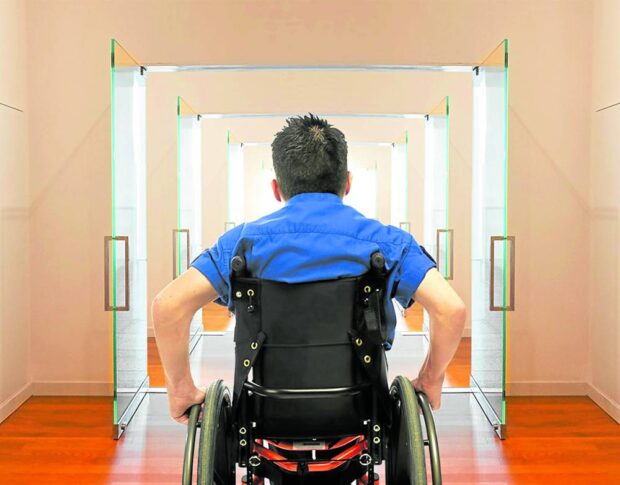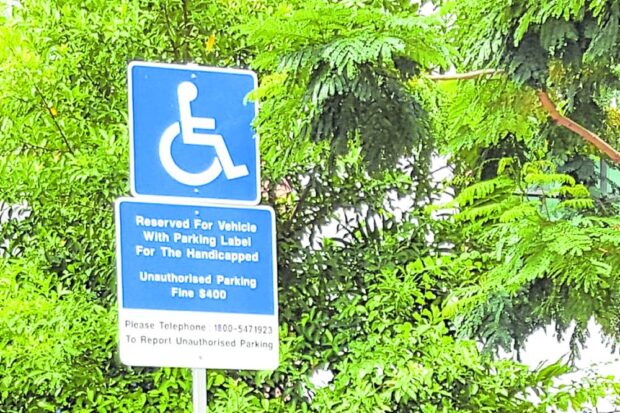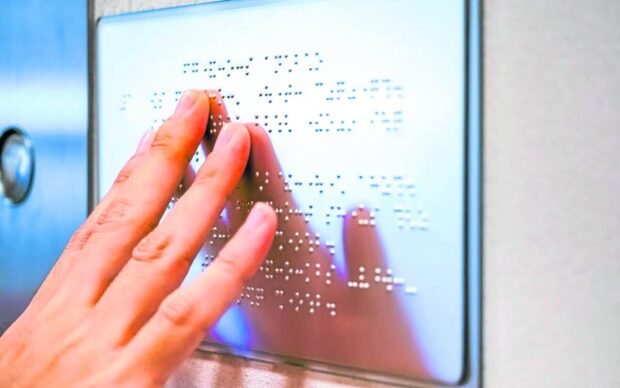Creating safe, accessible spaces for all
It has become more important than ever to create settings that will allow everyone—regardless of their age, race, capacity or even disability—to flourish. For a country to truly progress and move forward, it must prioritize both economic development and social equality, ensuring that no one is left behind in the pursuit of a better future.
For people with disabilities (PWDs) for instance, there are simple ways to make buildings, communities and public spaces safer, more accessible and more inclusive for them. Here are some of the ways.
Ramps and curb cuts
Installing ramps and curb cuts will enable PWDs to walk freely and safely in public areas. These modest but significant improvements, which effectively builds a kinder and more empathic world for everyone, have a profoundly positive effect on people’s lives who often encounter obstacles in their day-to-day living.
Lever handle door locks
Doors with lever handles can be easily turned—unlike the traditional door knobs that you need to grab and twist, which would be hard for people with weak hands. Lever handle locks enable PWDs, such as those with arthritis, mobility disabilities, or difficulties with fine motor skills, to pass through doors more independently and pleasantly.
Accessible parking spaces
BP No. 344 mandates that “accessible slots in parking areas shall be located as near as possible to ingress/egress spaces of the building or structure” in order “to promote the realization of the rights of disabled persons to participate fully in the social life and the development of the societies in which they live and the enjoyment of the opportunities available to other citizens.” While it seems a simple enough move, this enables PWDs to move through public spaces with greater comfort and ease.
Braille signage
Making use of braille signage shows genuine care for the rights and well-being of people with disabilities. Braille signage enables people with visual impairments to traverse public environments with ease, eliminating any disparities, by giving crucial information through tactile cues.
Bathroom grab bars
Grab bars make it safer for those with disabilities and the elderly to enter and exit rooms and facilities. From modest, light-duty grips to large, protruding support arms, these straightforward yet revolutionary fixtures which are typically placed in places where people with restricted mobility, balance, or strength may encounter difficulties. They serve as more than just useful aids—they also express people’s right to safety.



